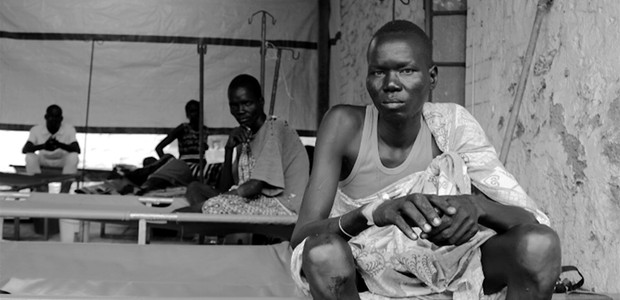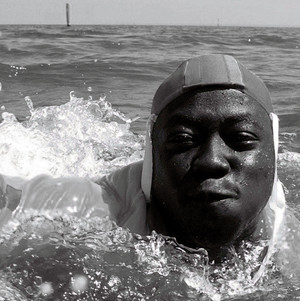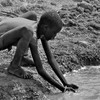The cholera threat returns

Water is vital for life but it can kill. South Sudan’s rainy season ushers in flooding and a rising incidence of malaria and acute diarrhoea, killing people and compounding pressures on the health sector.
Yet again, a cholera epidemic is also underway. The highly infectious disease has spread from Juba across the Equatoria region and other states, affecting populations already hard hit by the country’s protracted war.
In May 2014, South Sudan suffered its first cholera epidemic after about eight years. The fast-spreading emergency continued for seven months until the dry season, affecting more than 6,421 people and killing 167, just under three percent of those affected.
Is it a pandemic?
A pandemic is defined as “an epidemic occurring worldwide, or over a very wide area, crossing international boundaries and usually affecting a large number of people”. There have been seven cholera pandemics in the world to date, with the current, seventh pandemic originating in Indonesia in 1961.
Contrary to speculation, the 2014 epidemic in South Sudan was not caused by the presence of United Nations peacekeepers, which was how the disease arrived in Haiti in 2010.
The seventh pandemic reached Africa in the 1970s and cholera has since become endemic in West, Central and East Africa (including the Sudan) with repeated outbreaks occurring almost every year.
The epidemics in South Sudan are not imported, but are repeated cycles due to poor water and sanitation practices.
How is it caused?
Cholera is an infection caused by the Vibrio Cholera bacteria and related strains. The vibrios attach themselves to intestine walls, producing a toxin which causes a watery diarrhoea. It removes salts needed by the body (sodium, chloride, potassium and bicarbonate).
The vibrios are also secreted in the diarrhoea and, due to poor sanitation practices, may contaminate water sources and food. In other words, to get infected by cholera, one must have ingested water, raw or undercooked foods, vegetables, partly dried fish and fruits contaminated with infected faeces. This is referred to as the oral-faecal route.
Risk factors are contaminated water sources (shallow wells, river water, unprotected water sources), lack of adequate latrines and open defecation. Dead bodies are also highly infectious therefore some burial practices increase the risk. These risk factors are common across South Sudan and are aggravated by the rainy season.
The majority of cholera infections are mild, resulting in no visible symptoms and with only about one in 20 people becoming critically ill. However, infected persons can carry and transmit the bacteria one to four weeks after first becoming infected, and a few carry the bacteria for several months.
How should we care for cholera patients?
The classic symptom of cholera is an acute, watery diarrhoea that looks like rice, or maize-meal water, sometimes accompanied by frequent vomiting. Some communities believe that diarrhoea is caused by an excess of water in the body and therefore deny water to anyone suffering from diarrhoea.
Contrary to this, managing cholera (and diarrhoea in general) requires the patient to continuously drink a water solution containing oral rehydration salts or a salt and sugar mix to replace what is lost in the body, until all the bacteria is washed out of the body and the diarrhoea stops.
In the case of frequent vomiting (more than three times per hour), intravenous therapy with Ringer’s lactate solution is recommended, but normal or half normal saline solution can also be used as an alternative. Most health facilities in South Sudan have an excess of rehydration solution in the health facility kits distributed by the Ministry of Health.
Ten to twenty milligrams of zinc given per day can also reduce the severity and duration of cholera (and diarrhoea) in children under five years old. It is recommended that this is given to children for as long as the diarrhoea lasts, in addition to rehydration.
Antibiotics should only be given to manage severe cases with the supervision of a health worker, but the main treatment for cholera is rehydration.
How to avoid the disease?
Although cholera is highly infectious, it is also highly preventable and manageable. Here are the basic guidelines:
1. Wash hands regularly with clean water and soap (or ash).
2. Boil all drinking water for at least 30 minutes or use chlorine or chlorine-based tablets to disinfect.
3. Thoroughly cook all foods and re-heat before eating.
4. Ensure that latrines are not near water sources.
5. Construct latrines where these are not available or adequate.
6. All contaminated surfaces should be disinfected with a chlorine-based solution (1 cup of chlorine to six parts of water is adequate).
While the spectre of a cholera epidemic looms large with every rainy season, it is important to remember that it can be prevented.



